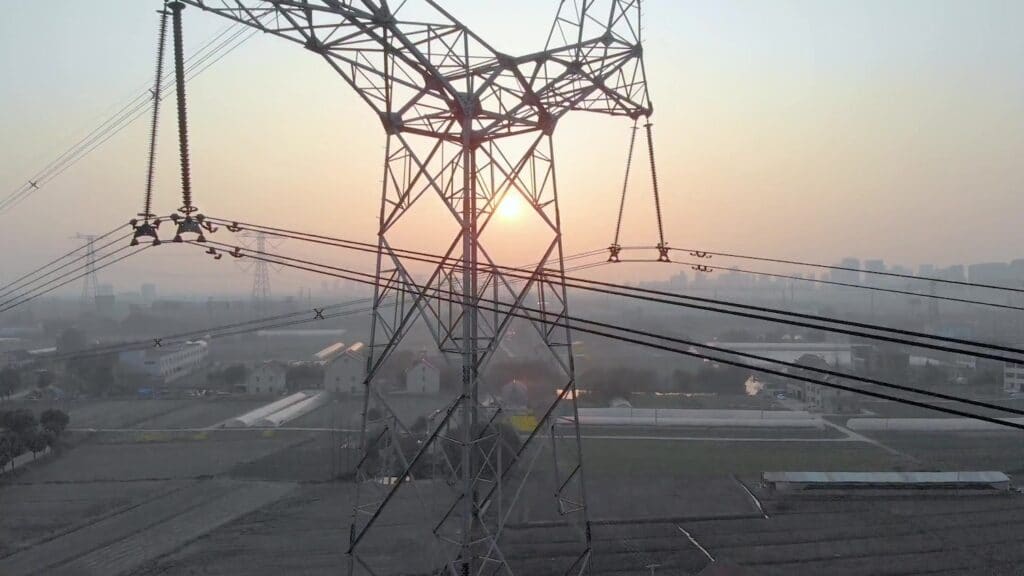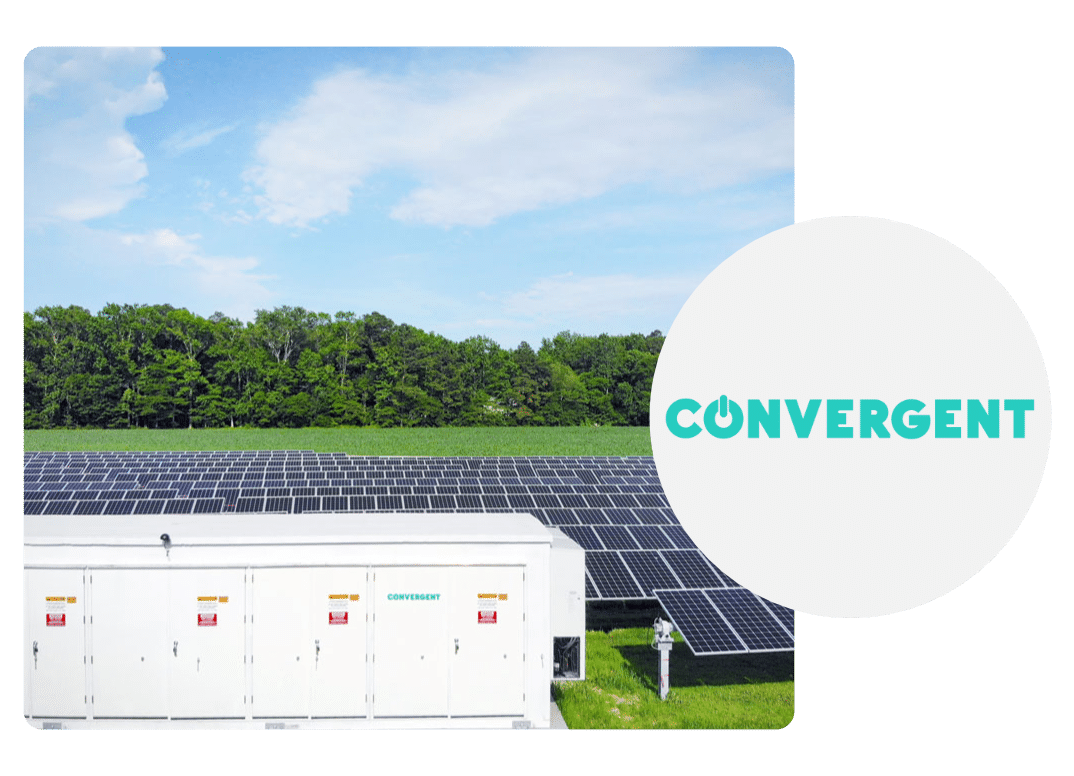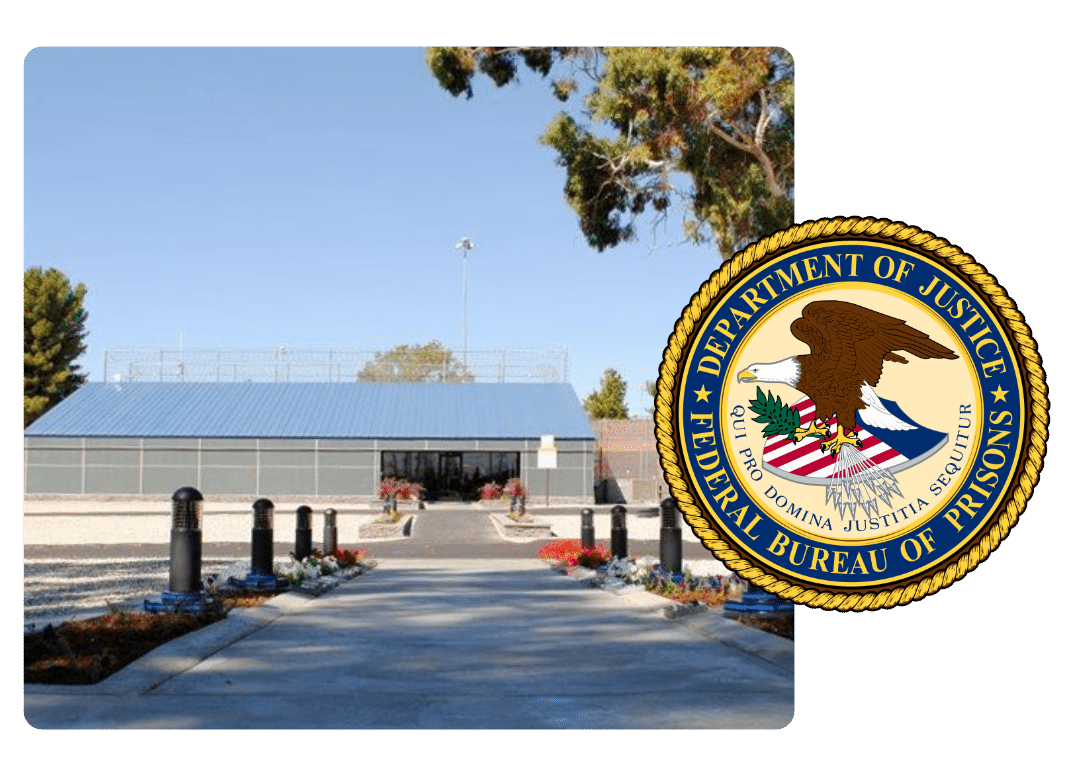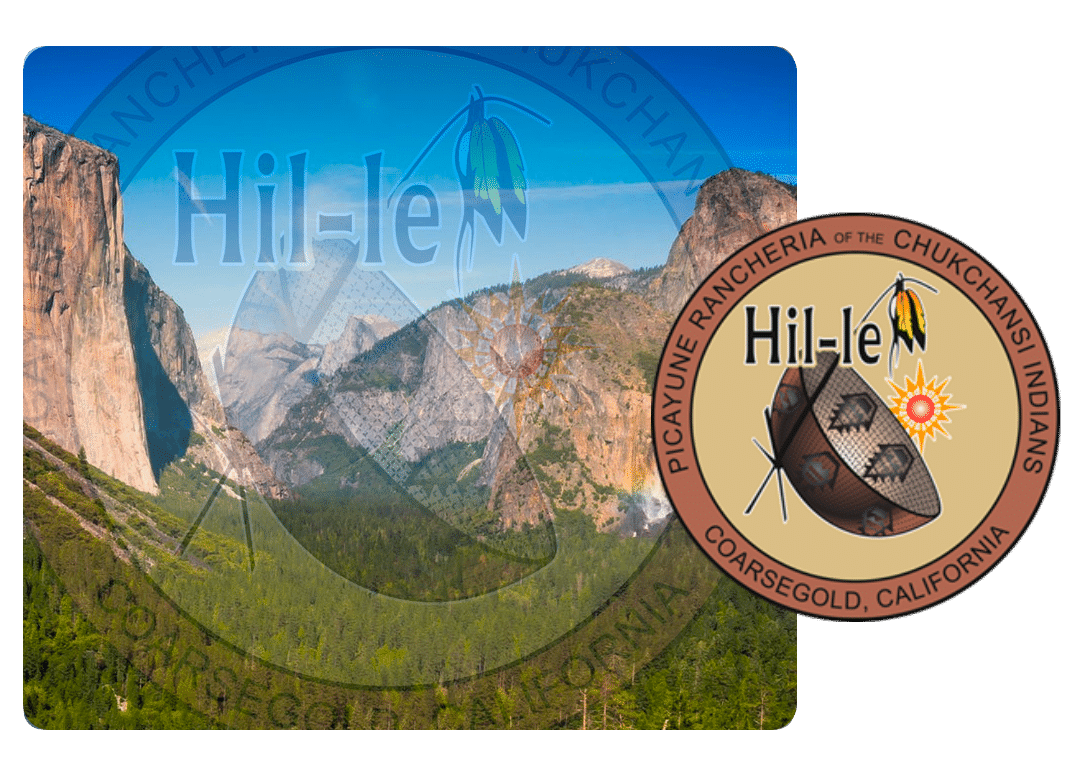Hydroelectric Penstocks and other water conveyance facilities are typically situated in rural mountain regions where the altitude is optimized to increase head pressure. Inspecting these assets creates innate access and safety concerns due to the rapid sectional altitude changes associated with the penstock location. Historically, operators and engineers walk the steep sections of penstocks with ropes or make-shift ladders to comply with the inspection requirements and to perform routine checks on expansion joints, foundations, and coating integrity. The visual inspections are mandatory but can be accomplished more safely using an Unmanned Aerial System (UAS) and associated Unmanned Aerial Vehicle (UAV).
As a part of the Dam Safety Surveillance and Monitoring Program, owners of Penstocks and Water Conveyance Facilities are required by the Federal Energy Regulatory Commission to create a “Visual Inspection Plan” that outlines the regular inspection intervals for these assets. These guidelines are found in Chapter 14.1 of the Dam Safety Surveillance and Monitoring Program of the Engineering Guidelines for the Evaluation of Hydropower Projects. They are required to be included in the Annual DSSMR Submittal. For more information, please refer to the FERC website regarding the DSSMR. Additionally, inspection intervals may be outlined in the FERC License associated with the forebay and powerhouse.
The FERC is also developing engineering guidelines that will focus on operation, maintenance, inspection, and potential failure mode analysis specific to penstocks and water conveyance facilities. The new guidelines will be found in Chapter 12 of the Engineering Guidelines for the Evaluation of Hydropower Projects.
Until now, inspecting pipelines and related assets connected to the underside of bridges may have been logistically impossible. Pipelines that run beside or under bridges cannot be inspected by manual means, and conventional aircraft are either not allowed to fly low enough to see the pipelines or cannot maneuver close enough to get a good view of the asset.
During construction, natural gas pipelines are initially permitted and regulated by the FERC, and then oversight is transferred to the Department of Transportation’s Pipeline and Hazardous Material Safety Administration (PHMSA). The PHMSA regulates and ensures safe pipelines across the United States for industrial and retail customers. The regulations can be found under 49 CFR186 et. Seq.
Between 2002 and 2015, the PHMSA initiated 1,138 compliance enforcement actions against public and private gas pipeline operators across the United States. Through certification by OPS, the state inspects and enforces the pipeline safety regulations for all intrastate hazardous liquid pipelines and intrastate gas pipelines that are public utilities in California. This work is performed respectively by the California Public Utilities Commission (CPUC) for gas pipelines and by the California Office of the State Fire Marshal (OSFM) for hazardous liquid pipelines.
The CPUC ensures that the state’s natural gas and liquid petroleum gas (LPG) pipeline systems are designed, constructed, operated, and maintained according to safety standards set by the CPUC and the federal government. An inspection report must be filed annually by operators on DOT Form PHMSA F 7000-1.1
Patrolling is a routine inspection of the distribution system. It can be done by walking along the pipeline and observing factors affecting operation safety (e.g., missing or ineffective meter supports, excessive load on any pipeline component, use of the gas piping for electrical grounding, obstructions in the regulator vent, etc.). The gas distribution mains in places or structures where anticipated physical movement or external loading could cause failure or leakage must be patrolled at least two times each calendar year but at intervals not exceeding 7-1/2 months. Records of patrolling must be maintained [49 CFR §192.721].






301 N. Lake #600
Pasadena, CA 91101
626-742-0282
3626 Fair Oaks Boulevard, #100
Sacramento, CA 95864
916-936-8287
1322 E. Shaw Avenue #400
Fresno, CA 93710
559-547-8884

© 2020 Soar Environmental Consulting. All rights reserved.